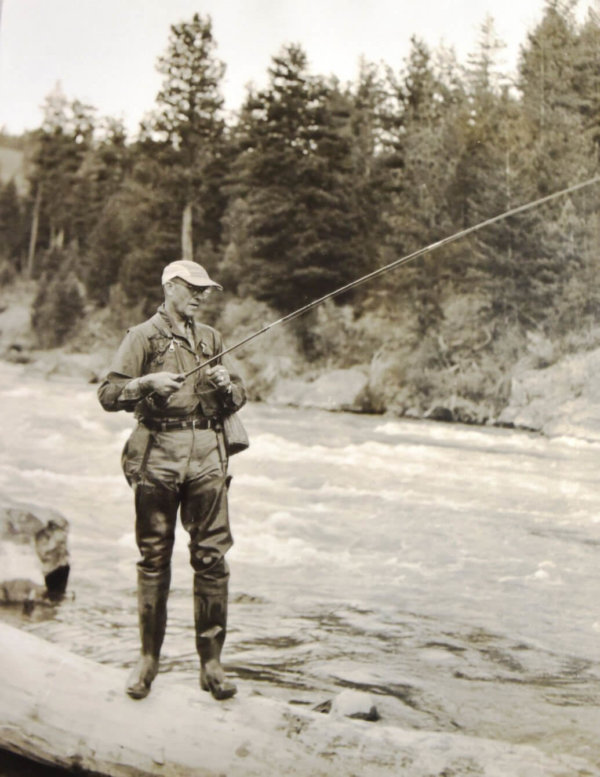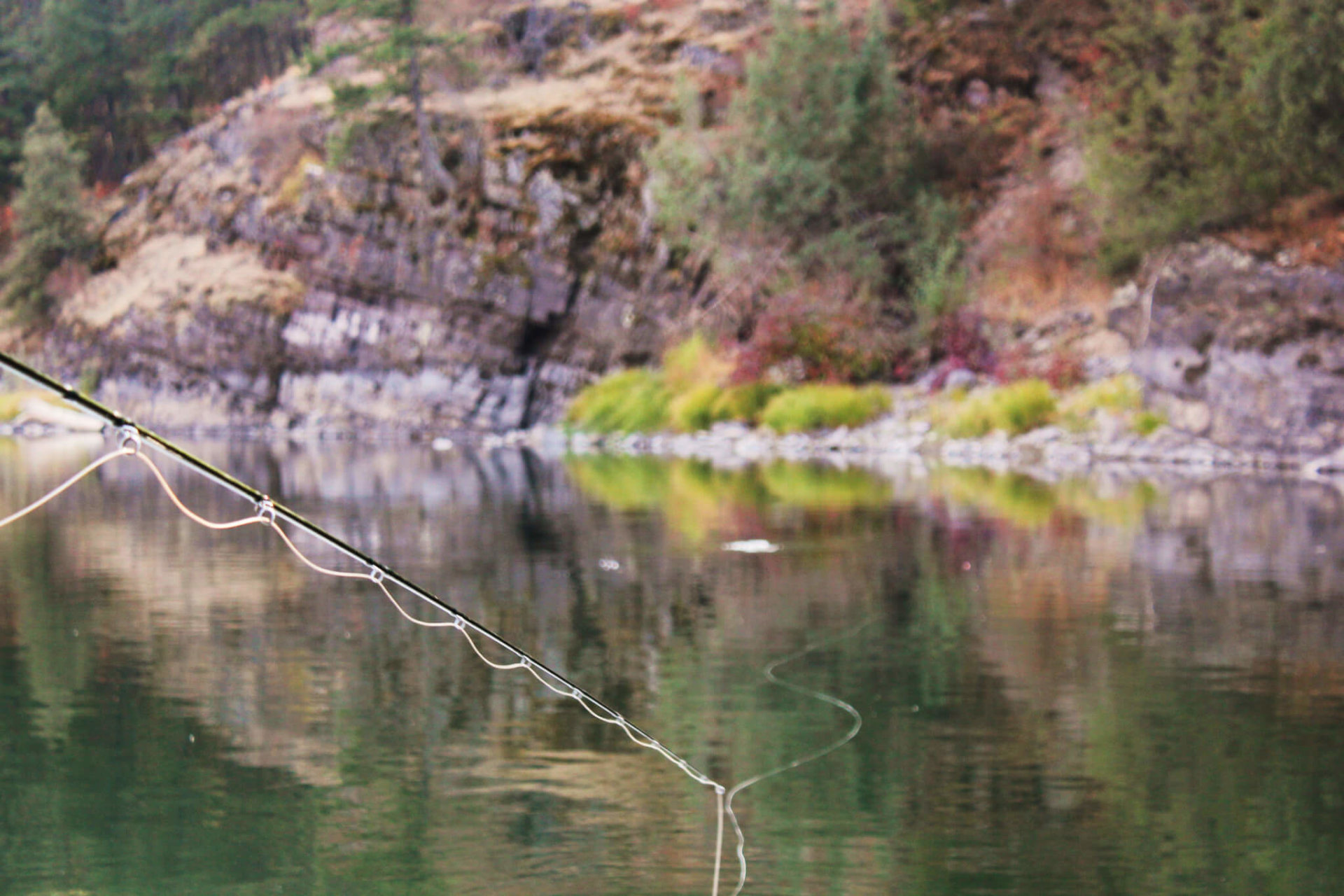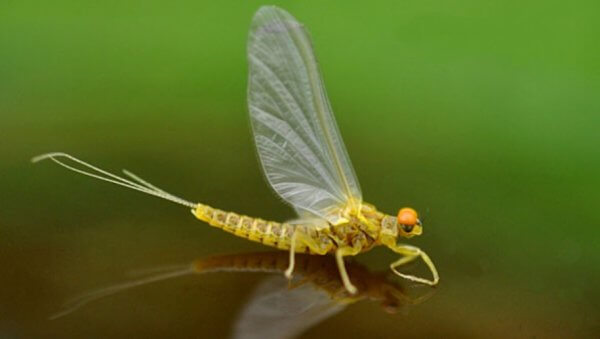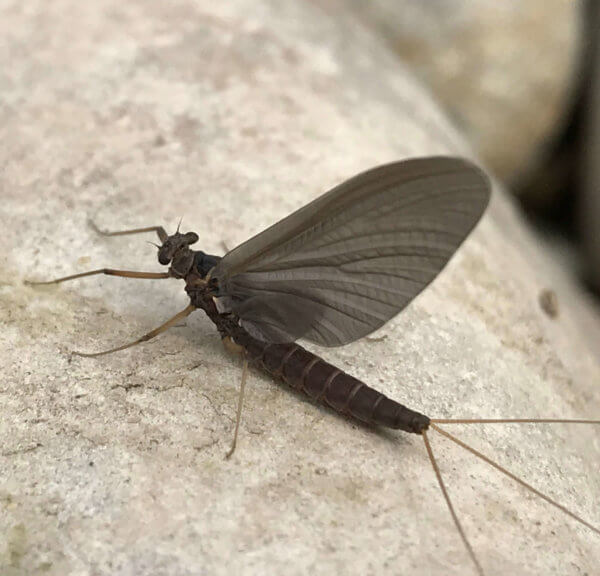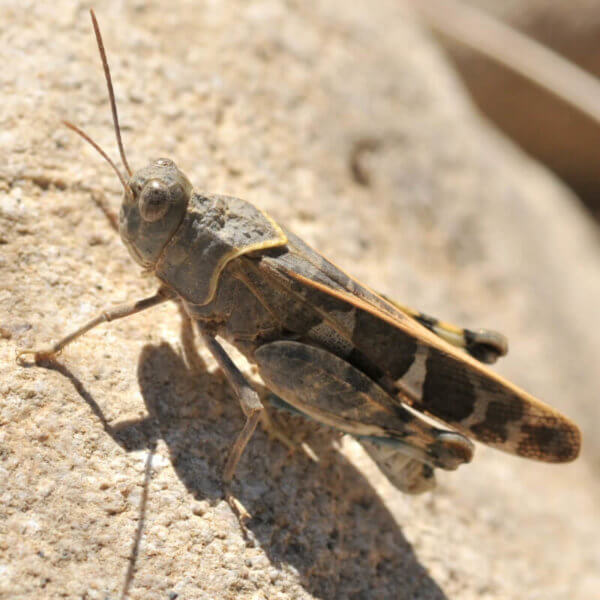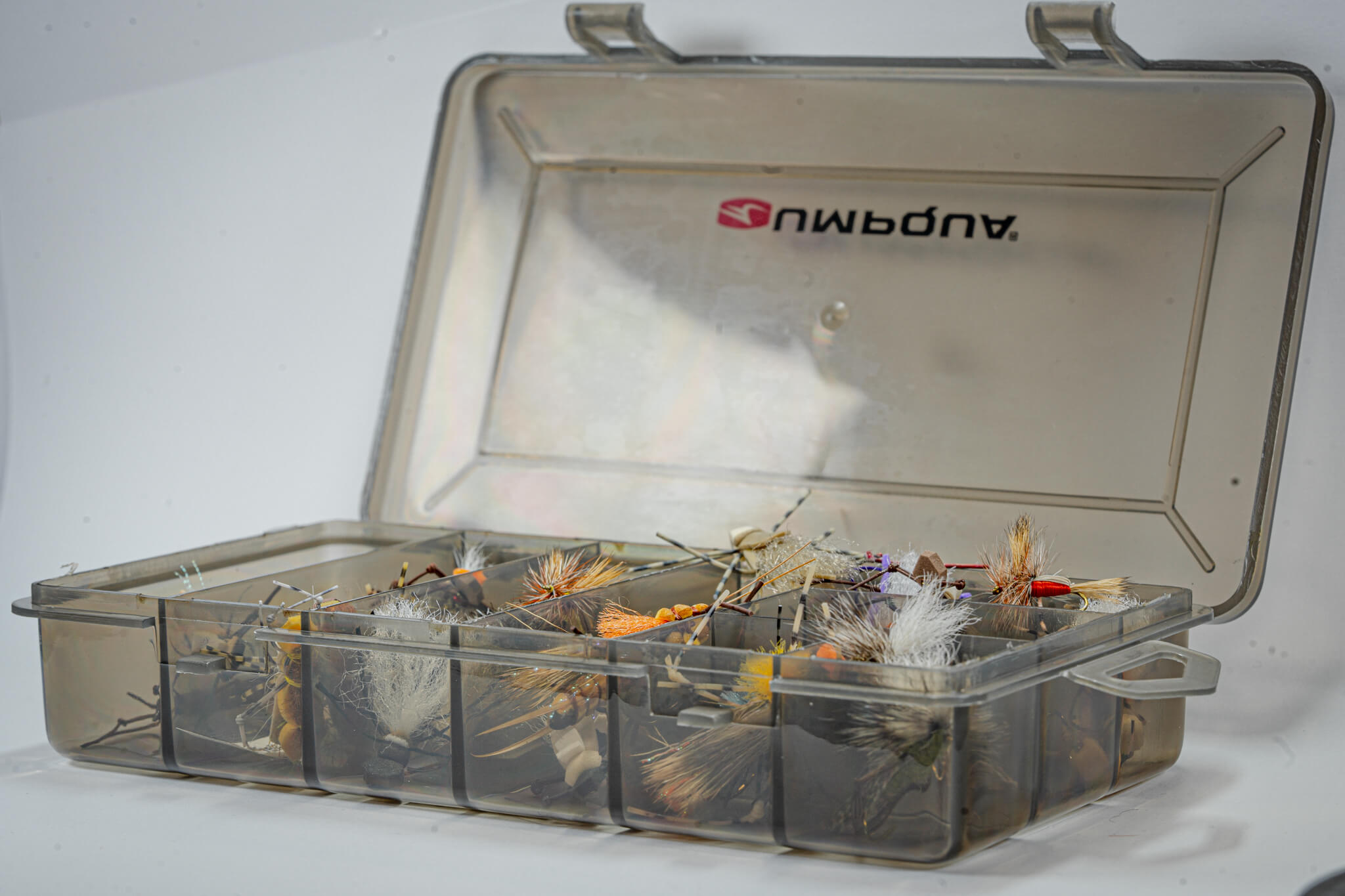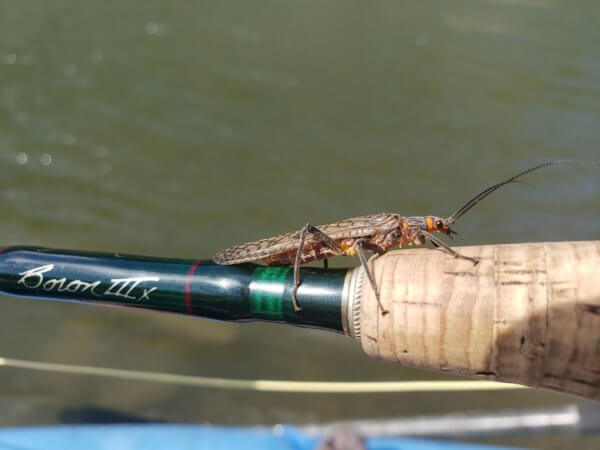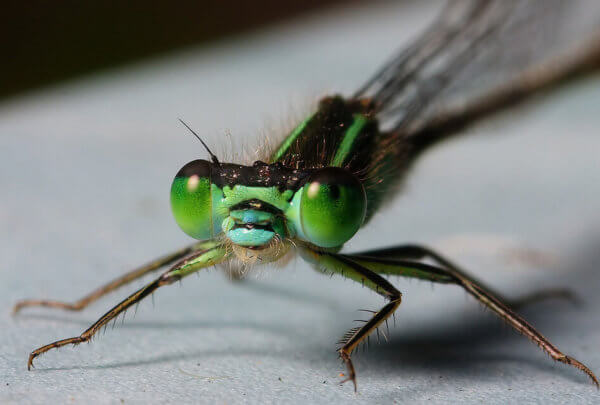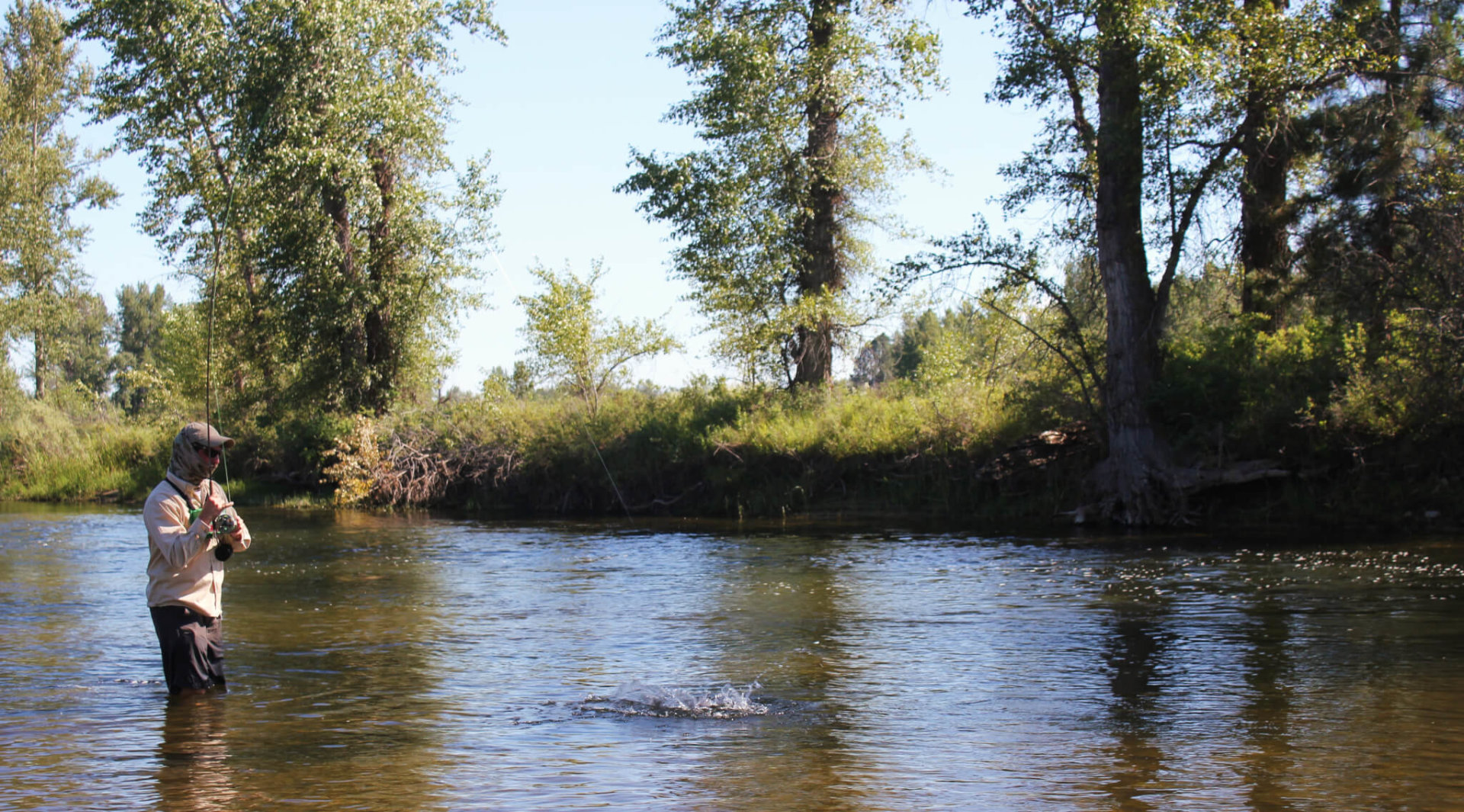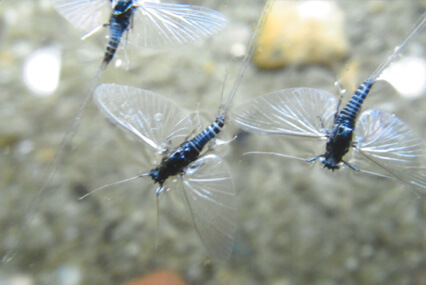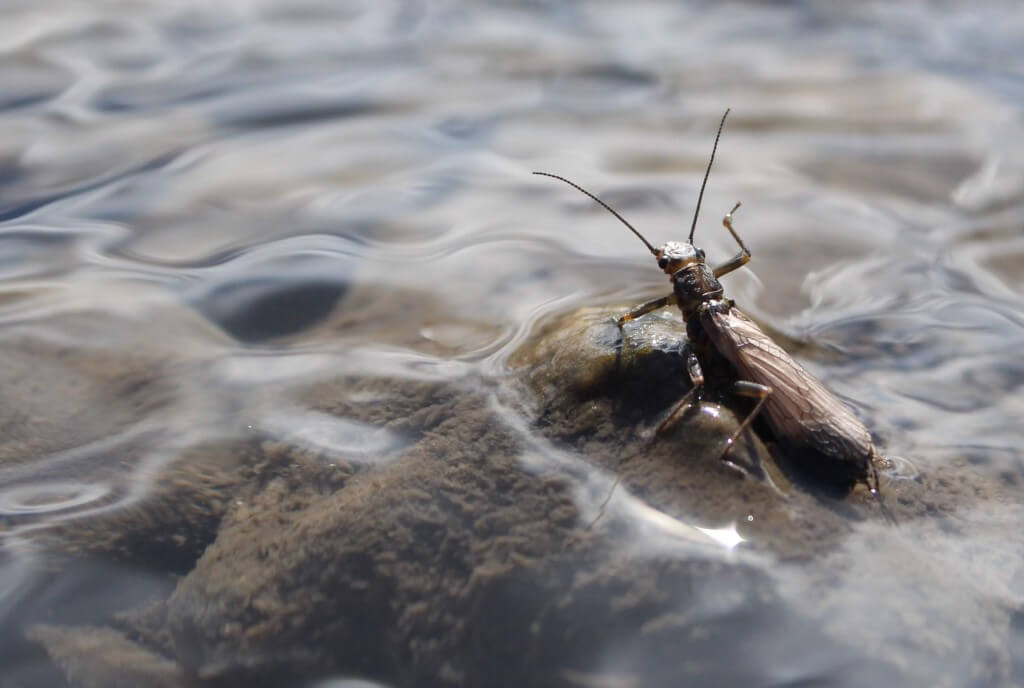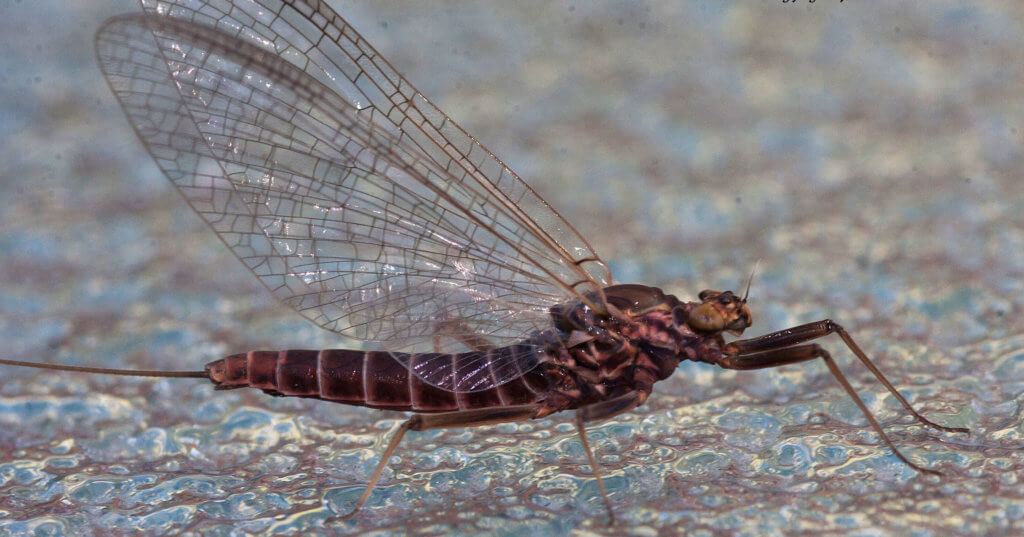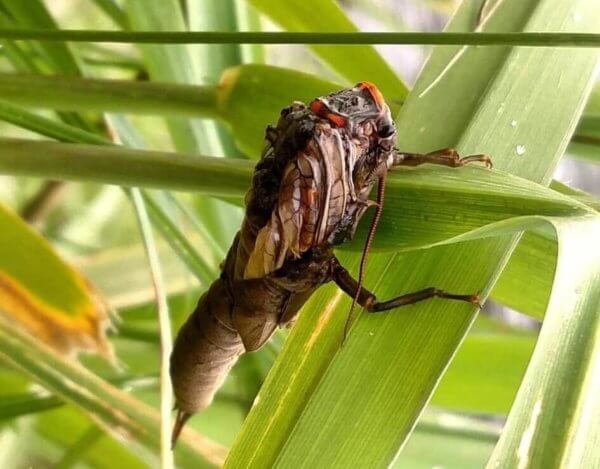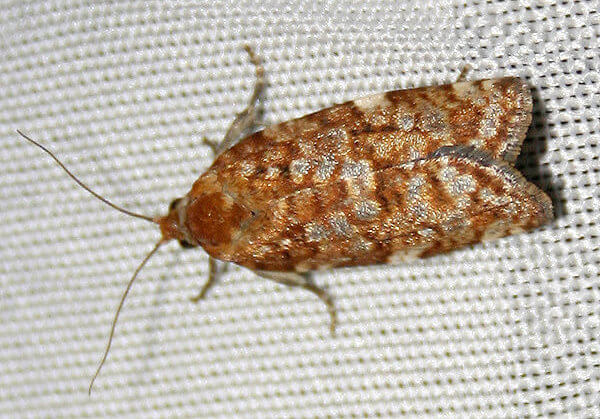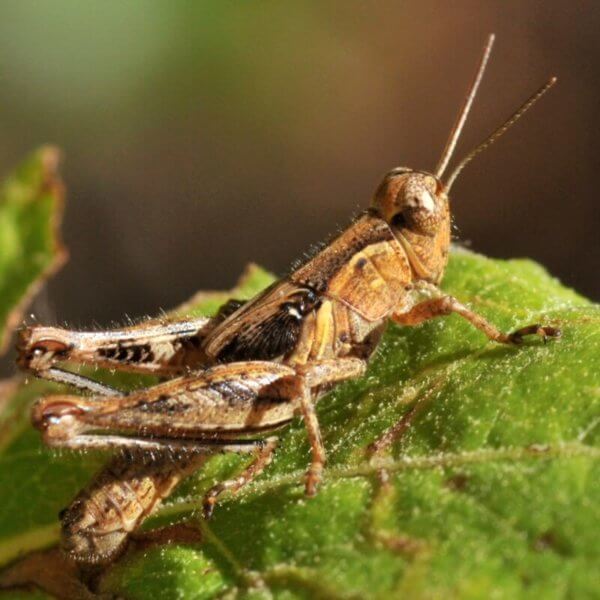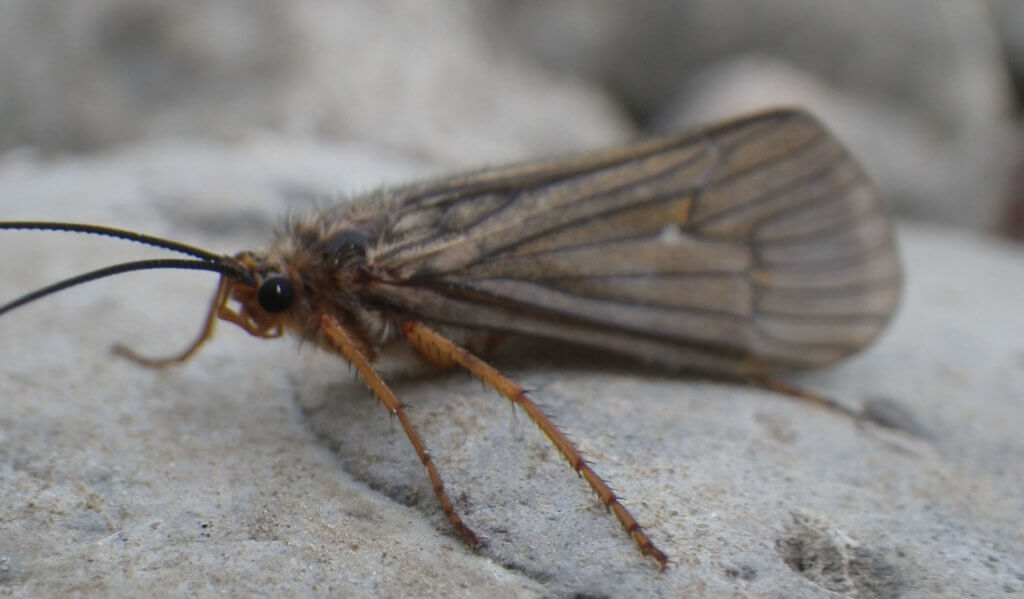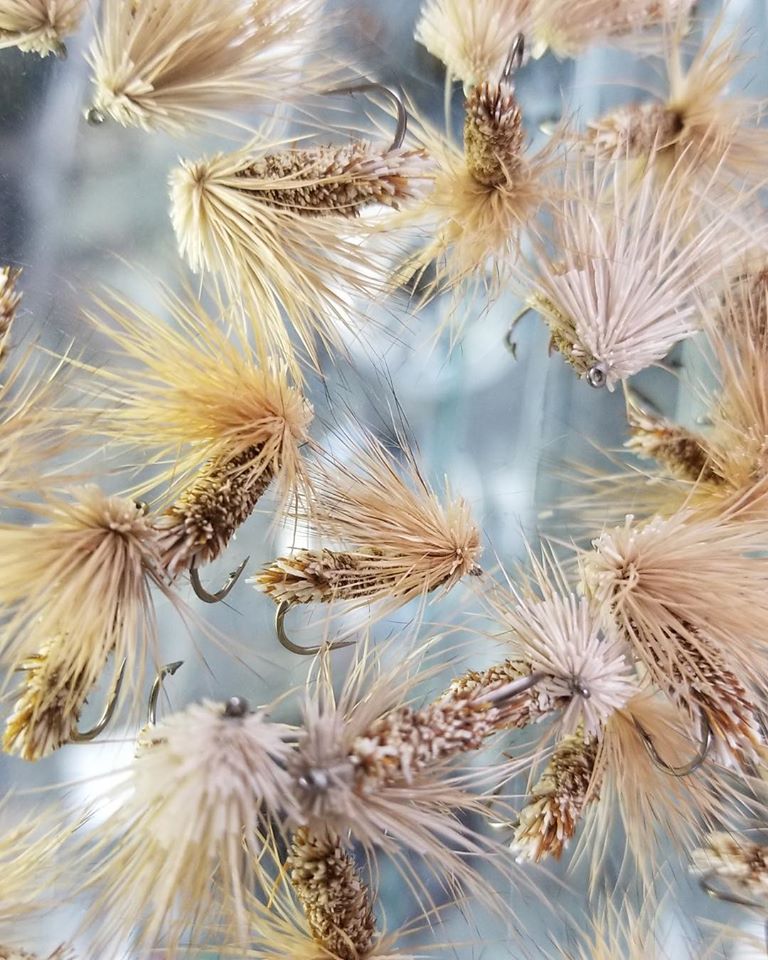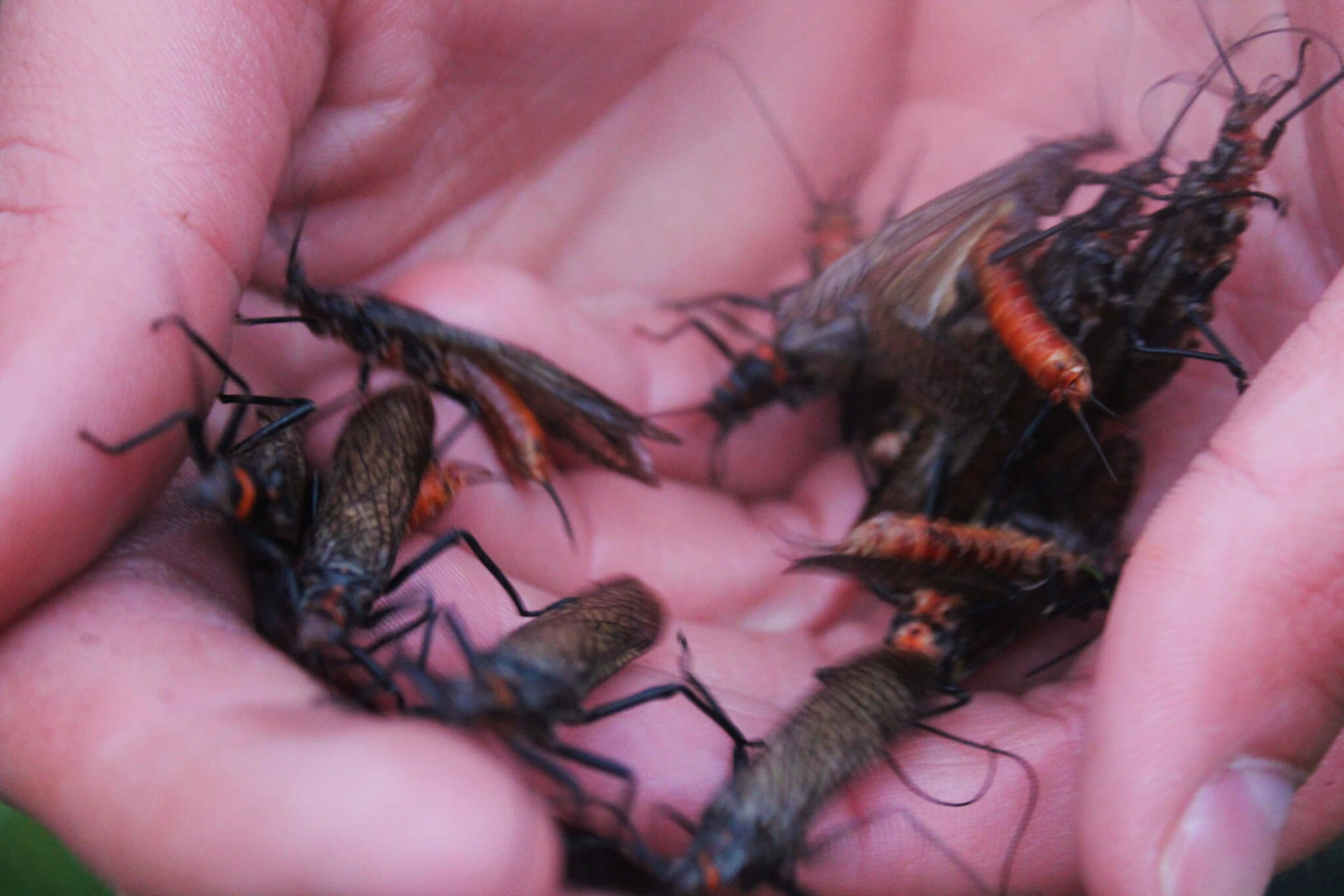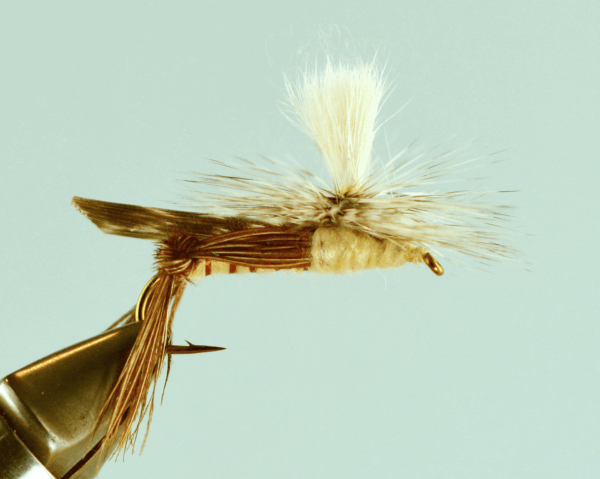The fly fishing industry in Missoula felt the razor sharpness of a double edged sword in 2021. Our outfitting has never been so busy! That’s great for us. Our outfitting has never been so busy!
We’ve never seen the rivers absorb so much usage. From every aspect, including float fishing, wade fishing and recreational floats, we saw unprecedented river use in Missoula. Let’s not kid ourselves, these aren’t the busy Bighorn or Madison angling numbers. While this may not be considered busy compared to other states and fisheries, it’s what we call Montana busy, slower than most places but busy compared to what we’re accustomed to. Missoula has never really been on the map as a destination- we don’t know why and we don’t complain. Missoula’s experienced guides were concerned about the higher traffic and substandard etiquette shown by novice guides and new boat owners. While guides make up less than 15% of the boats on many local rivers at any given time, pressure is a big topic of conversation with many local guides and outfitters. How to minimize the guide footprint, maximize client experience and do right by the rivers that provide so much more than employment.
As a shop, led by owner and outfitter Taylor Scott, the Missoulian Angler has decided to respond to the new normal. Whether others decide to follow this lead is beyond our purview- we can only do what we feel is correct for the resource, and best for our clients while making sure the oldest fly shop in Missoula keeps its doors open.
The Missoulian Angler has been outfitting for 35 years. We know what makes an exceptional guide and superior experience on the water. We understand every guide has to start somewhere, and use new guides every year. With our background, we’ve built and continue building an amazing core of Missoula MVP’s- guides who know our local rivers like the back of their hands, are comfortable with experts as well as newbies and capable of creating the best river experience for every client.
With that core in mind, with the resource in mind, we have decided to limit our outfitting to 6 boats a day, with no more than 3 boats on any given stretch of Missoula’s rivers. Is this in granite? No. There are always exceptions to the rule. Families needing more than 6 boats, or a corporate client providing Missoula’s best guiding experience for their employees, will be taken care of as we always have. Accommodations will go both ways. If you need more than 3 boats on a single stretch of river, we might choose a section of river better suited to handling more boats, with the fishing being the secondary factor. Again, this only applies to more than 3 boat groups on a stretch.
The Missoulian Angler will absorb a financial hit for this stance. That’s a short-term ramification. We feel 6 boats a day provides a good enough income level, balanced by the cushion to the resource. In the long term, it’s the rivers that bring anglers to Missoula. As outfitters, if we don’t notice and respond to situations or pressure, the resource will deteriorate at more rapid rate. At heart, every angler is a conservationist. The exceptional local and national support for our local West Slope Chapter and MT Trout Unlimited, The Clark Fork Coalition and the Watershed Education Network here in Missoula is extremely impressive, while groups proliferate along the Blackfoot River, Rock Creek and the Bitterroot River as well. The basis of each of these groups is to PASS ON THE RIVER IN AS GOOD OR BETTER SHAPE THAN WE FOUND IT.
The lead photo is Taylor’s great grandfather Frank Scott, fishing the Blackfoot River. At the time this photo was taken, he’s already a second generation Missoulian who introduced his son and grandson who eventually passed along to Taylor the joys of fly fishing, who in turn plans to pass this joy to his two young children. While time changes a river’s characteristics, it shouldn’t change the angling. Yes, we know it does, but as Dylan Thomas wrote,
Do not go gentle into that good night
Rage, rage against the dying of the light
This is Taylor Scott’s way of raging against the dying of the light. Now a 5th generation Missoulian angler, Taylor is saying we have the ability to change the trajectory for future generations to come. It has a cost, and the Missoulian Angler will pay that cost. We take this stand so others see conservation can be congruent with angling. It simply takes everyone taking a step back, reviewing their footprint, and modifying it to be just a little less. It’s how every journey starts, with someone making the first steps.
We’re not doing this to brag about our guides. We judge no one for the stance they take. This is the stance we’ve taken. We’re looking at this as a business, looking as local anglers, looking at the resource and making a decision based on our definition of a responsible business. We hope others see this and think it’s a good idea. It’s not necessary, but we sure hope it does. It’s our response to the summer of 2021. We pay attention to the resource, we pay attention to the clients, we pay attention to the situation. If the situation changes, we will as well. And when we make a change, we’ll let you know. What the change is, why we made the change and how it will affect our valued customers close and far from Missoula. Feel free to tell us what you think.
We could brag that capping our boats at 6 a day provides a superior experience for every Missoulian Angler client. Because it will. We could be passing judgement on other outfitters who don’t follow our view of how things should be. We’re not.
We’re not doing this to brag about our guides. We’re not judging anyone for the stance they take. This is the stance we’ve taken.

